Insulating roll-up garage doors offers many benefits that enhance energy efficiency and your garage space’s overall functionality. By properly insulating your garage door, you can effectively regulate temperature, keeping the area warmer in winter months and cooler during summer, which can lead to significant reductions in energy bills. Furthermore, insulation provides sound dampening, helping to reduce noise from outside and making the garage a more comfortable environment for various activities.

This article will guide you on how to insulate roll up garage doors, outlining the necessary steps you need to follow. We will discuss selecting the right insulation materials, preparing your garage door for installation, and the installation process itself, ensuring you have a comprehensive understanding to achieve the best results for your garage.
Understanding the Benefits and Challenges of Insulating Roll-Up Garage Doors
Benefits of Insulating a Roll-Up Garage Door
Insulating a roll-up garage door offers several significant advantages that can greatly enhance your garage’s functionality and comfort. One of the primary benefits is the ability to maintain a stable indoor temperature, which helps keep the garage warmer in the winter and cooler in the summer. This temperature regulation can lead to a noticeable reduction in energy bills, as less energy is required to heat or cool the space.
Furthermore, proper insulation increases the garage door’s durability by providing protection against temperature fluctuations and moisture, which can lead to rust and wear over time. Insulation can also protect stored items from both extreme temperatures and humidity, making the garage a safer space for storing sensitive materials, tools, or recreational items.
Additionally, an insulated garage becomes more suitable for various activities, whether it’s using the space as a workshop, gym, or simply for family gatherings.
Challenges Specific to Roll-Up Doors
While there are numerous benefits to insulating roll-up garage doors, unique challenges must be considered. The flexibility of roll-up doors means that the insulation needs to be lightweight and installed in such a way that it does not interfere with the door’s operation.
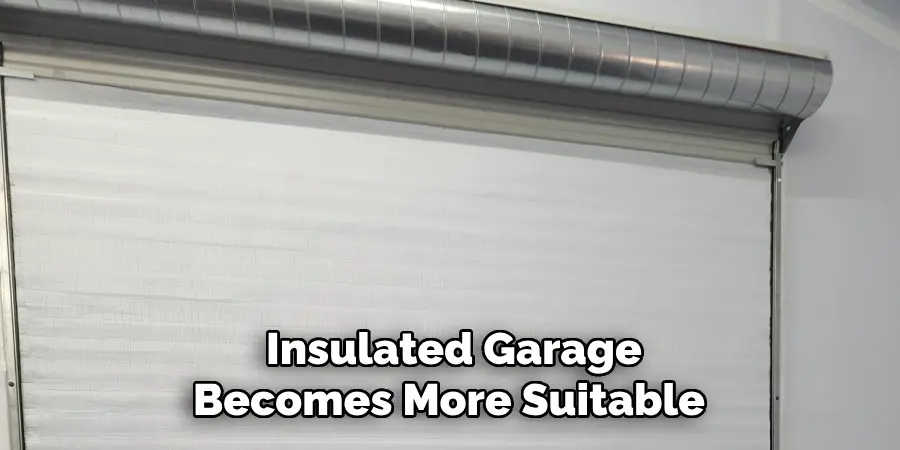
Using bulky or heavy materials can hinder the door’s movement, leading to potential safety hazards or damage. Additionally, because roll-up doors are often composed of multiple sections, ensuring that the insulation fits perfectly in each area without causing gaps or irregularities is crucial. Choosing the right type of insulation that balances effective thermal performance with lightweight properties is essential to facilitate seamless operation.
Addressing these challenges with careful planning and selection of materials will ultimately lead to a successful insulation project.
Selecting the Right Insulation Materials
Choosing the appropriate insulation materials is critical for the effective insulation of roll-up garage doors. The right insulation improves energy efficiency and ensures the door functions smoothly without hindrance. When selecting insulation, consider weight, R-value, and installation ease, as these factors can significantly impact performance and usability.
Types of Insulation Suitable for Roll-Up Doors
- Foam Board Insulation: This material offers a high R-value per inch, making it a great choice for thermal resistance. It is lightweight and easy to cut to size, which simplifies installation. However, its rigidity can sometimes pose challenges in ensuring a perfect fit in a roll-up door’s sections.
- Reflective Insulation: Ideal for warmer climates, reflective insulation works by reflecting radiant heat away from the door. This type of insulation is generally easier to install and is less bulky than other options, though its R-value may not be as high as foam board or fiberglass.
- Fiberglass Batt Insulation: This traditional insulation material is known for its effectiveness and affordability. It’s available in pre-cut panels that can easily fit into door sections. However, fiberglass is heavier than other options and can absorb moisture if not properly sealed, potentially leading to mold growth.
Tools and Materials Needed
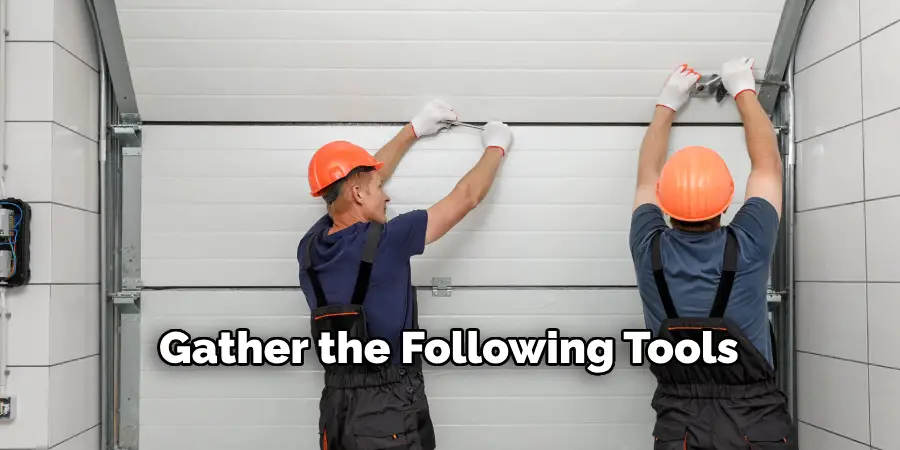
To successfully insulate your roll-up garage door, gather the following tools and materials:
- Insulation Material: Choose from foam board, reflective insulation, or fiberglass batt, according to your preference.
- Adhesive or Double-Sided Tape: Secure the insulation panels in place.
- Utility Knife: This is used to cut the insulation to the desired size.
- Measuring Tape: To ensure accurate measurements of your garage door panels.
- Safety Gear: Always wear gloves and goggles to protect yourself during installation.
Optional items may include a heat-resistant sealant for sealing gaps or weatherstripping to protect against drafts. Having these tools and materials ready will streamline the insulation process and help achieve optimal results.
Preparing the Garage Door for Insulation
Cleaning the Door
Before applying insulation, it’s essential to thoroughly clean the garage door to promote proper adhesion. Start by using a mild detergent mixed with warm water to wash the surface, effectively removing dirt, dust, and any grease that may hinder the insulation from sticking. Use a soft cloth or sponge to scrub gently, eliminating all residues. Once cleaned, allow the door to dry completely before proceeding with the insulation process, as any moisture can compromise adhesion.
Measuring and Planning
Accurate measurements are crucial when insulating a roll-up garage door. Use measuring tape to carefully record the dimensions of each panel or section, ensuring you account for width and height. Note any irregularities or curves that may affect the fit of the insulation. Precise measurements will ensure that the insulation fits snugly without intruding on the door’s movement, allowing for smooth operation when the door is rolled up or down.
How to Insulate Roll up Garage Doors: Installing the Insulation
Cutting the Insulation to Size
Cut the insulation material according to the dimensions you measured earlier to ensure a perfect fit for your roll-up garage door. Using a utility knife, make precise and straight cuts. For rigid materials like foam board, lightly score the surface with the knife and snap it along the scored line for a clean edge.
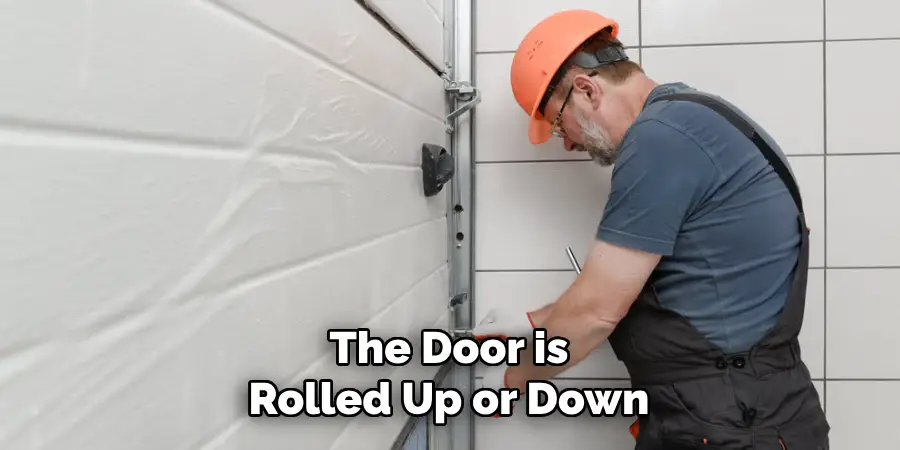
If you use fiberglass batt insulation, wear gloves, and a dust mask to protect against irritation. It can help to mark the cut lines with a straightedge or chalk line for increased accuracy. Always cut in a well-ventilated area, and handle the insulation carefully to avoid injuries and ensure safety.
Attaching the Insulation to the Door Panels
Once your insulation pieces are cut to size, prepare to attach them securely to your garage door panels. Start by applying a strong adhesive or double-sided tape to the back of the insulation. If you prefer, Velcro strips will also be an option for easy removal in the future.
Carefully position each insulation piece on the corresponding door panel, ensuring it aligns well without overlap. Press firmly against the insulation to create a solid bond with the door surface. This step is crucial in preventing gaps, which can compromise thermal performance. Be mindful not to rush this process, as thorough adherence is key to effective insulation.
Securing the Insulation
To further enhance the stability of the insulation, secure the edges using foil tape or additional adhesive, especially in areas that may experience more movement or stress from the door’s operation. Foil tape can be particularly beneficial as it creates a strong seal that resists moisture, preventing the insulation from peeling back over time.
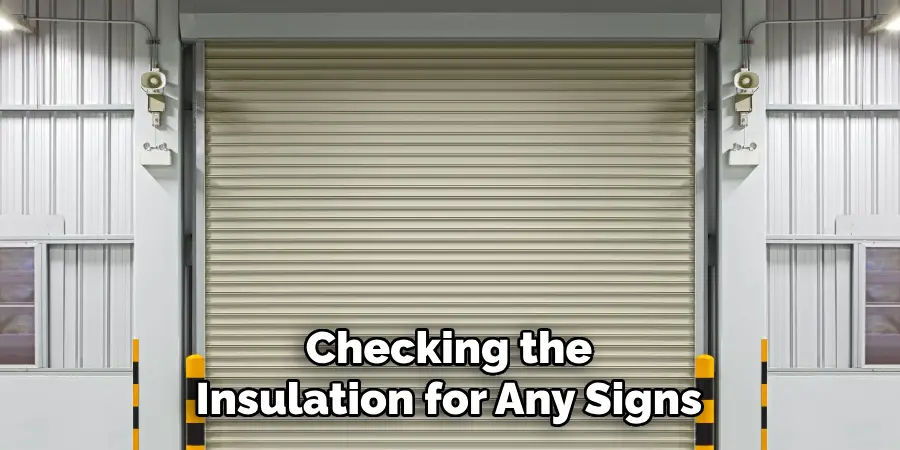
Ensure all edges are tightly adhered and visually inspect for any weak spots that might allow air leaks. For added peace of mind, consider regularly checking the insulation for any signs of wear or detachment, ensuring your garage remains energy efficient and comfortable throughout the seasons.
Adding Weatherstripping and Sealing Gaps
Applying Weatherstripping
Apply weatherstripping along the edges of your garage door to enhance insulation and prevent drafts. Several types of weatherstripping are available, including adhesive-backed foam, V-strip, and rubber weather seals. When selecting the appropriate type, consider the door’s location and movement; for example, rubber weather seals provide durability and flexibility in high-use areas. Start by cleaning the door edges and measuring the lengths needed before cutting the weatherstripping to size, ensuring a snug fit for maximum effectiveness.
Sealing Any Gaps or Cracks
After installing the insulation and weatherstripping, inspect for any gaps or cracks around the door frame and between insulation panels. Use a heat-resistant sealant to fill in these spaces, tightening the seal and further enhancing energy efficiency. Apply the sealant smoothly, thoroughly filling all gaps to block air leaks. A well-sealed garage door is crucial to maintaining a comfortable environment and maximizing the overall effectiveness of your insulation efforts.
Testing the Insulated Garage Door
Operating the Door
After completing the insulation installation, testing the garage door’s operation is crucial. First, gently open and close the door to ensure it functions smoothly without any interference from the insulation. Pay attention to any unusual noises or resistance; if you observe any issues, make the necessary adjustments to the insulation to eliminate the problem. Confirm that the door seals properly and that all parts are free from obstructions that could impede its operation.
Evaluating Temperature and Noise Reduction
Once the door is operational, evaluate the garage’s temperature and noise levels. Observe whether there’s a noticeable difference in temperature inside the garage compared to before the insulation was installed. Listen for any reductions in external noise, such as traffic or weather sounds. Document any improvements, and if you find that more insulation or adjustments are necessary for optimal performance, consider addressing those areas to enhance the comfort and efficiency of your garage.
Maintenance and Long-Term Care
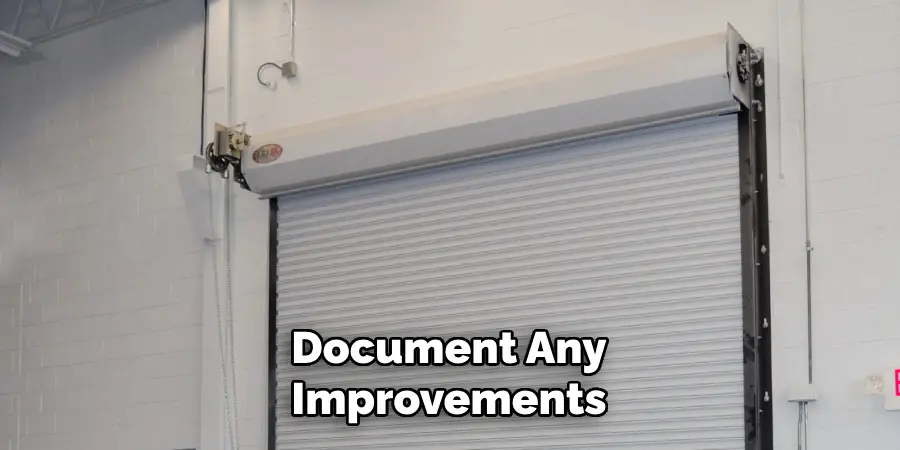
Regular Inspection and Reapplication
To ensure the effectiveness of your insulation over time, it is vital to conduct regular inspections for any signs of wear, damage, or detachment. Look for loose insulation pieces and reapply adhesive or secure them to maintain a snug fit. Additionally, check the weatherstripping for any deterioration, as ineffective seals can lead to drafts and energy loss. Addressing these issues promptly will help prolong the lifespan of your insulation and improve overall efficiency.
Cleaning and Care Tips
Maintaining the cleanliness of your insulated garage door is essential for both appearance and performance. Periodically wipe down the insulation and door panels with a damp cloth to prevent dust buildup and ensure optimal insulation properties. Avoid using harsh chemicals that may damage the insulation materials. Also, keep the track and mechanisms free of debris to support smooth operation and prolong the life of your garage door system. Regular maintenance will enhance aesthetics and functionality, ensuring a comfortable environment.
Conclusion
Insulating a roll-up garage door is a straightforward yet impactful project that can greatly enhance your garage’s comfort and energy efficiency. Start by selecting appropriate insulation materials tailored to your needs, followed by accurate measurements and careful cutting to fit each panel. Securely attach the insulation using strong adhesive or tape, ensuring proper sealing with weatherstripping and heat-resistant sealant to eliminate drafts. Once installed, test the door’s operation and evaluate temperature and noise reduction improvements. Remember to conduct regular maintenance to prolong the effectiveness of your insulation.
Take your time during each installation step to ensure precise measurements and secure attachment, which are key to achieving optimal results. With dedication and attention to detail, you’ll find that insulating your garage door is a worthwhile investment in energy savings and overall comfort. Thanks for reading our blog post about how to insulate roll up garage doors. Enjoy a more pleasant garage space all year round!

